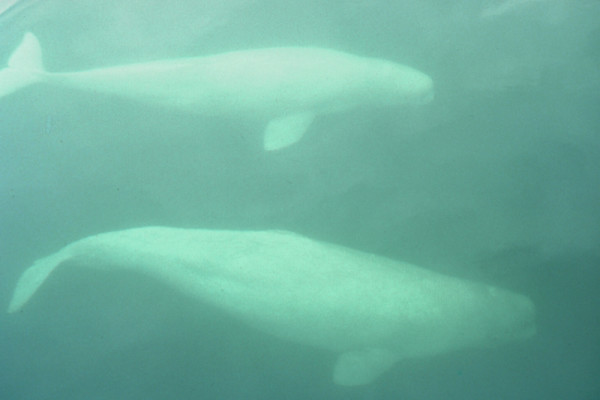Snoop dogs, beluga bromance and other fascinating facts for World Whale Day
February 13 is World Whale Day! To celebrate here are 10 things you may not have known about whales.
1. Diving deep into a mystery
Narwhals regularly dive down to a depth of 1,500 metres (5,000 feet) in Baffin Bay in winter under almost complete sea-ice cover to feed on Greenland Halibut, their main prey. Just how they do that, and how they even find these bottom-dwelling flatfish, remains largely a mystery.
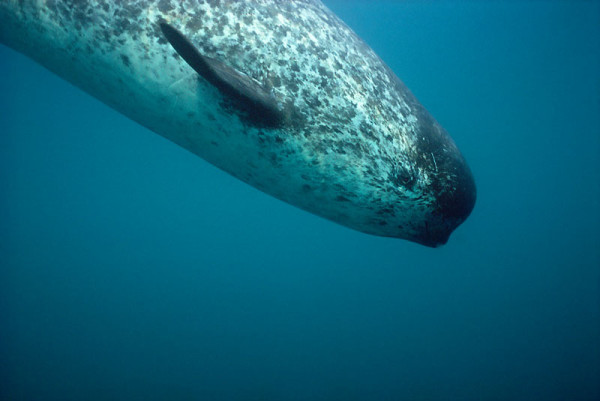
2. Pushing out daises
Like their horned relatives such as bison, sperm whales will encircle the young and old and aim their most powerful weapons, their tails, out towards potential predators. This formation is called a marguerite formation (French for daisy).
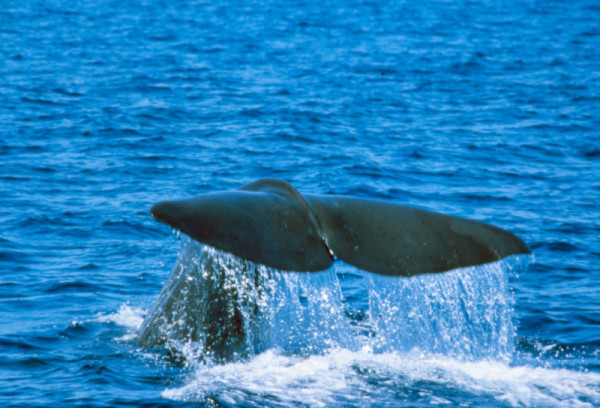
3. Bite me
Whales with teeth are known as odontocete whales. Depending on the species, their teeth can range from ones similar to human-sized to massive fangs that can weigh up to one kilogram (2.2 lbs), such as a sperm whale’s teeth. Male strap-toothed whales have the most impressive teeth. They grow out of the lower jaw and over the upper jaw, allowing the whale to open their mouths only a few centimetres.
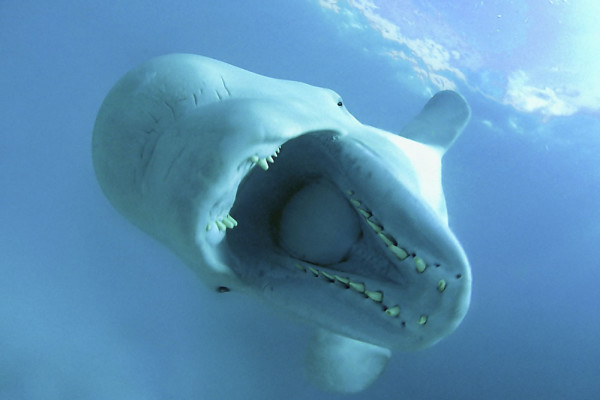
4. Shrimpin’ ain’t easy
Most whale species have their own whale louse species (really shrimp species, not lice). They live in openings and any wounds or scars on the whale. In sperm whales, the males host one louse species, and the females a different one.
5. Researches use snoop dogs to tail whale poop
Scientists have been using dogs to aid in the collection of whale poop. Pooches trained to find the poop of specific species of whale are part of at-sea teams. In the Bay of Fundy, a friendly Rottweiler named Fargo has been trained to sniff out poop of the endangered North Atlantic right whale. This enables scientists to collect valuable samples used to assess stress, health and reproductive hormones.
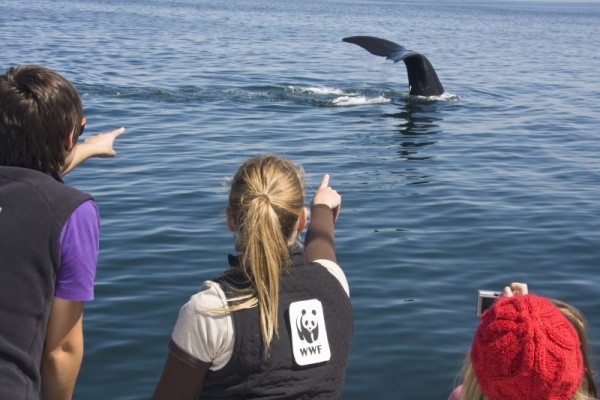
6. A whale is a terrible thing to waste
Belugas in the St Lawrence Estuary and Gulf were classified as toxic waste in recent decades due to the massive concentrations of man-made chemicals that had accumulated in their bodies via the food chain. Although the toxicity levels have since fallen, there are still many hundreds of such chemicals found in dead belugas washed up on the shores.
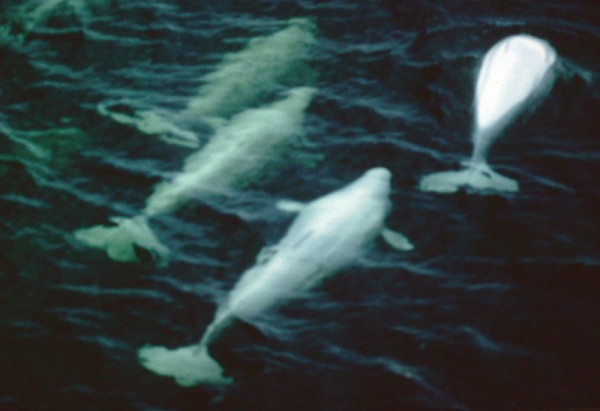
7. You smell like whale barf
Some of the most coveted perfume on the planet contains one of the oddest ingredients: ambergris, which is more commonly known as sperm whale vomit. Lumps from the whale’s innards have gone for as much as $22,000.
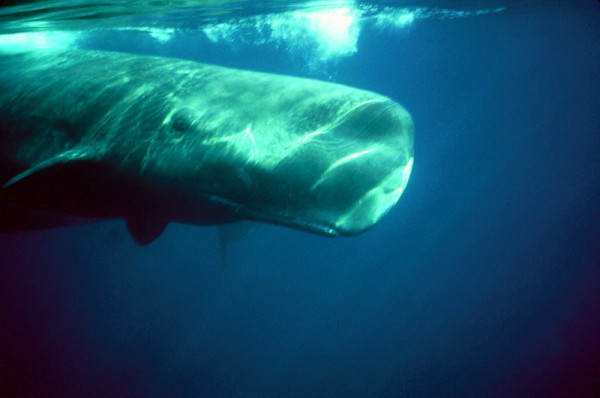
8. Don’t hold your breath
The world record for a human to hold their breath is 22 minutes. The Cuvier’s beaked whale smashes this record with a demonstrated ability to hold its breath for more than two hours and more than three kilometres, (nearly two miles) beneath the water’s surface.
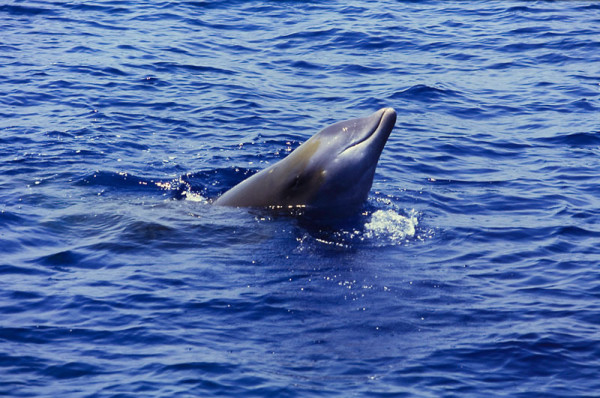
9. On the catwalk
Bowhead whales have hundreds of baleen plates in their mouths, which help filter food from the water. At four metres long (13-feet), these baleen plates are the longest in the whale world. During the commercial whaling era, when whale oil was used for heating and lighting, fashion-conscious ladies sought out Bowhead baleen plates as Victorian-era corset stays.
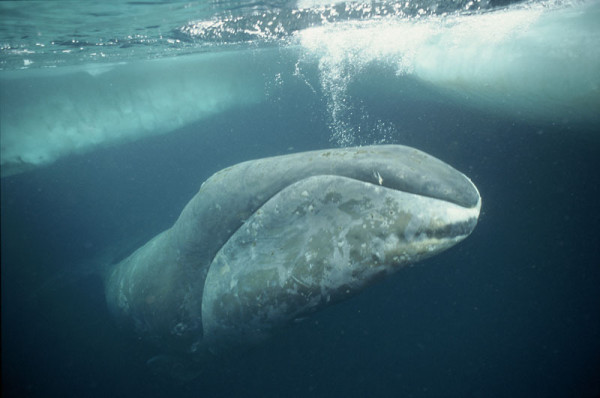
10. Family ties and beluga bromance
Belugas show a strong loyalty to specific small places within their habitat, to which they return again and again. Scientists like Robert Michaud think they come back to socialize. Female belugas are also known for “alloparenting,” which involves mothers sharing parenting duties, sometimes for unrelated calves. Michaud also refers to male beluga groups as “bikers” due to the tight social bonds they form – a beluga bromance of sorts.
